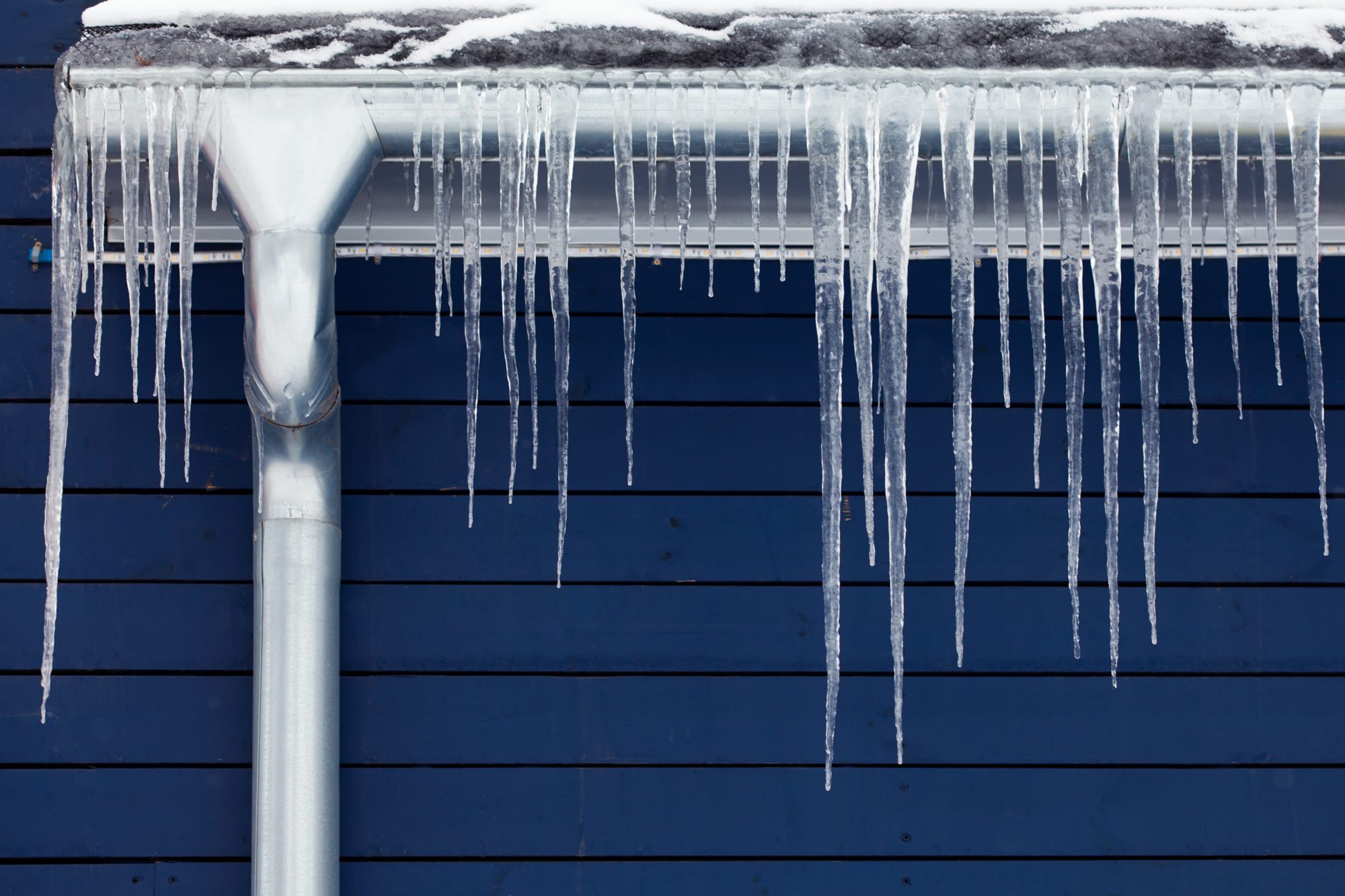Presented here further down yow will discover some very good content in relation to Prevent Frozen Pipes .

Cold weather can ruin your pipes, especially by freezing pipes. Here's how to prevent it from taking place and what to do if it does.
Introduction
As temperatures decrease, the danger of frozen pipes boosts, possibly causing costly repairs and water damages. Understanding how to stop icy pipelines is essential for homeowners in cold climates.
Prevention Tips
Insulating prone pipelines
Cover pipelines in insulation sleeves or utilize warmth tape to safeguard them from freezing temperatures. Concentrate on pipes in unheated or exterior areas of the home.
Heating methods
Maintain interior areas properly heated up, specifically locations with pipes. Open up cabinet doors to allow warm air to circulate around pipelines under sinks.
Exactly how to recognize icy pipes
Try to find decreased water flow from faucets, unusual odors or noises from pipelines, and noticeable frost on subjected pipes.
Long-Term Solutions
Architectural modifications
Think about rerouting pipelines far from outside walls or unheated locations. Include extra insulation to attic rooms, basements, and crawl spaces.
Upgrading insulation
Invest in premium insulation for pipes, attics, and wall surfaces. Correct insulation assists maintain consistent temperature levels and lowers the danger of icy pipes.
Safeguarding Outdoor Plumbing
Yard tubes and exterior faucets
Detach and drain pipes garden hose pipes prior to winter months. Mount frost-proof faucets or cover outdoor faucets with insulated caps.
Comprehending Icy Pipelines
What triggers pipes to ice up?
Pipes ice up when subjected to temperature levels below 32 ° F (0 ° C) for expanded durations. As water inside the pipelines freezes, it increases, taxing the pipeline walls and potentially triggering them to break.
Risks and damages
Frozen pipelines can bring about water supply interruptions, residential property damage, and costly repair work. Ruptured pipelines can flood homes and create considerable structural damages.
Indicators of Frozen Pipeline
Determining frozen pipes early can avoid them from breaking.
What to Do If Your Pipes Freeze
Immediate activities to take
If you suspect icy pipelines, keep taps open up to soothe pressure as the ice thaws. Make use of a hairdryer or towels soaked in warm water to thaw pipelines slowly.
Verdict
Protecting against icy pipes needs aggressive procedures and fast reactions. By understanding the reasons, indicators, and preventive measures, homeowners can protect their pipes during winter.
5 Ways to Prevent Frozen Pipes
Drain Outdoor Faucets and Disconnect Hoses
First, close the shut-off valve that controls the flow of water in the pipe to your outdoor faucet. Then, head outside to disconnect and drain your hose and open the outdoor faucet to allow the water to completely drain out of the line. Turn off the faucet when done. Finally, head back to the shut-off valve and drain the remaining water inside the pipe into a bucket or container. Additionally, if you have a home irrigation system, you should consider hiring an expert to clear the system of water each year.
Insulate Pipes
One of the best and most cost-effective methods for preventing frozen water pipes is to wrap your pipes with insulation. This is especially important for areas in your home that aren’t exposed to heat, such as an attic. We suggest using foam sleeves, which can typically be found at your local hardware store.
Keep Heat Running at 65
Your pipes are located inside your walls, and the temperature there is much colder than the rest of the house. To prevent your pipes from freezing, The Insurance Information Institute suggests that you keep your home heated to at least 65 degrees, even when traveling. You may want to invest in smart devices that can keep an eye on the temperature in your home while you’re away.
Leave Water Dripping
Moving water — even a small trickle — can prevent ice from forming inside your pipes. When freezing temps are imminent, start a drip of water from all faucets that serve exposed pipes. Leaving a few faucets running will also help relieve pressure inside the pipes and help prevent a rupture if the water inside freezes.
Open Cupboard Doors
Warm your kitchen and bathroom pipes by opening cupboards and vanities. You should also leave your interior doors ajar to help warm air circulate evenly throughout your home.

Hopefully you liked our post about Helpful Tips to Prevent Frozen Pipes this Winter. Thanks a ton for finding the time to read through our article. Enjoyed our blog? Please quickly share it. Help another person find it. Thank you so much for your time spent reading it.
Schedule A Free Estimate